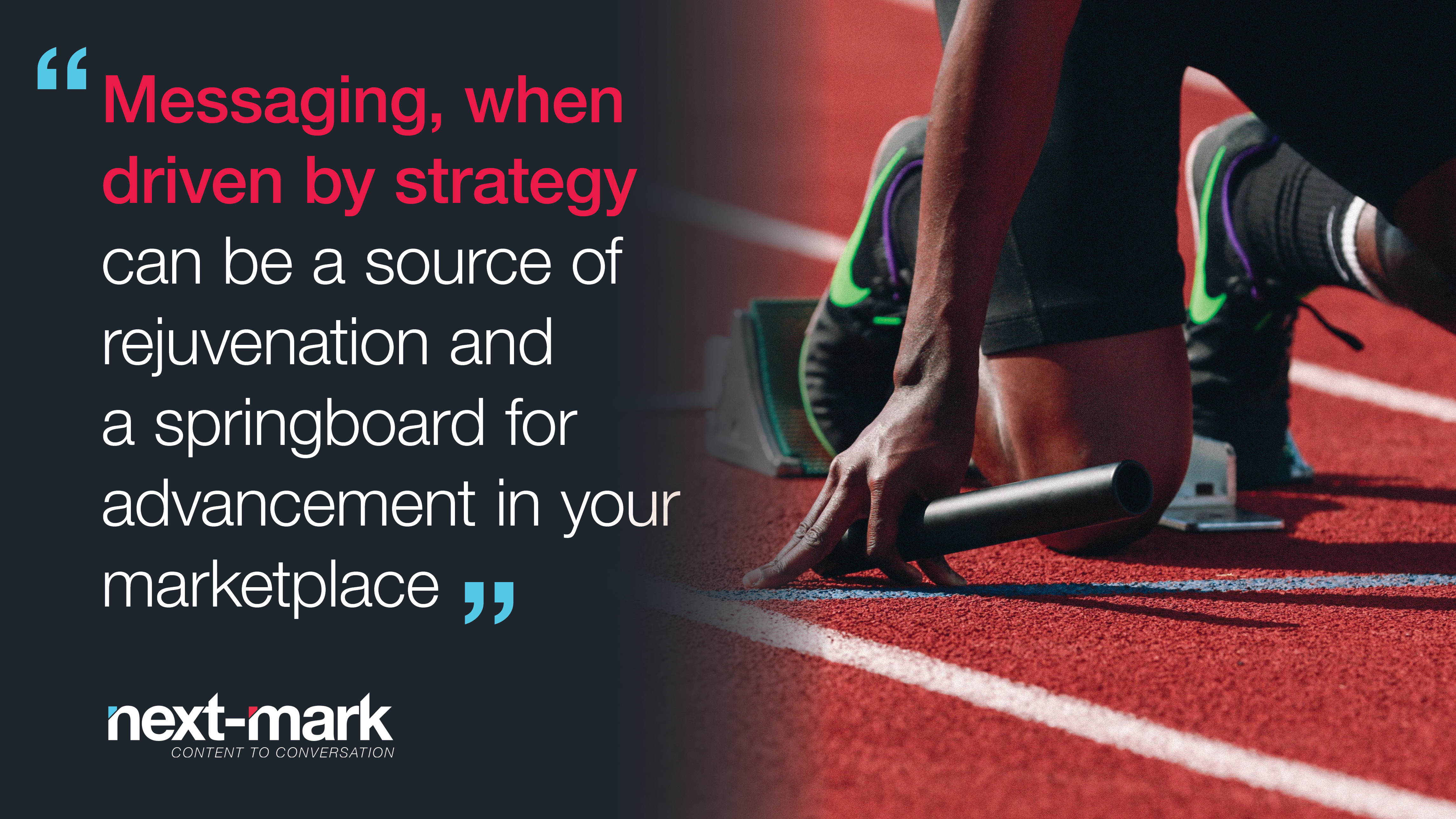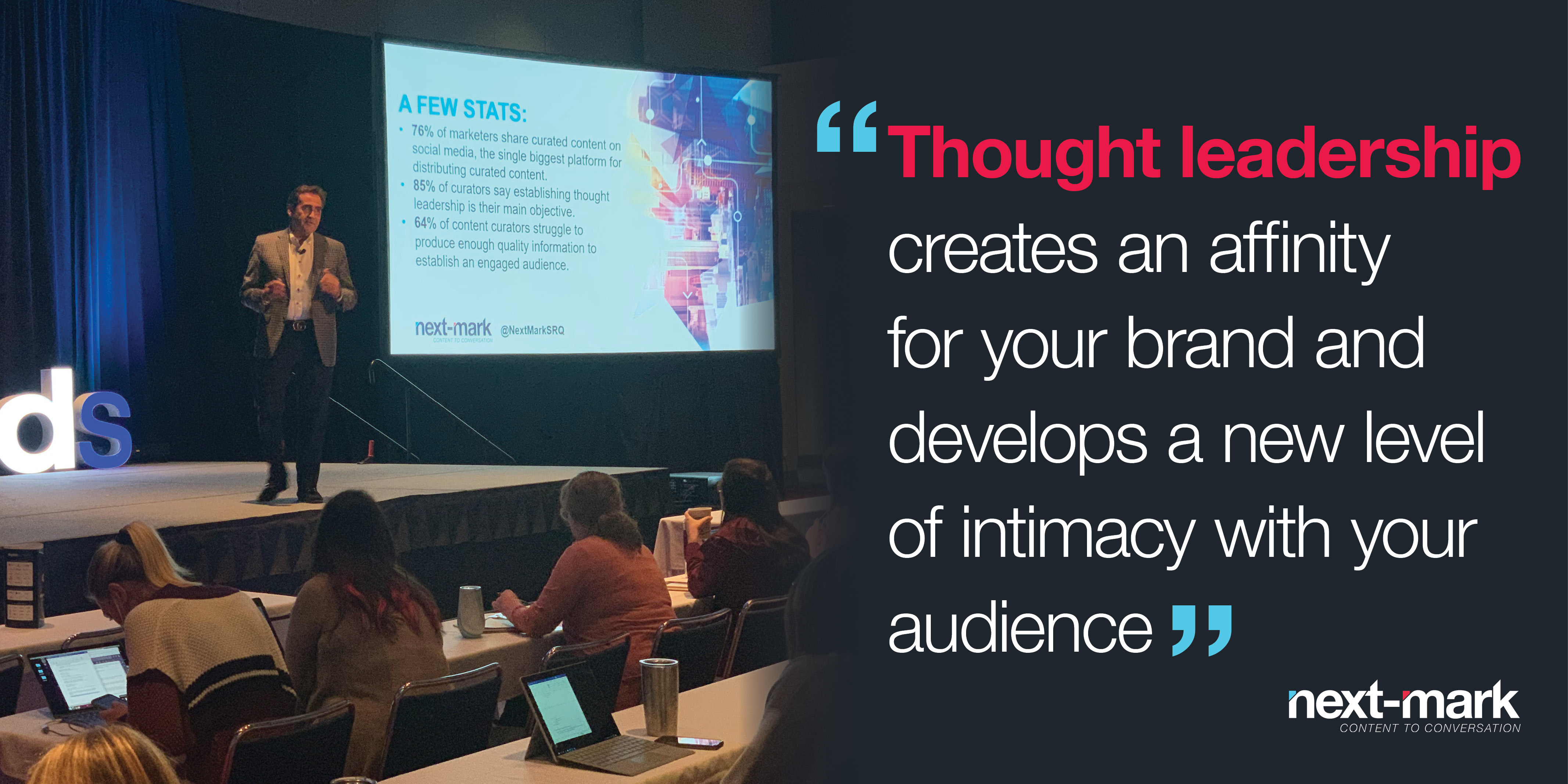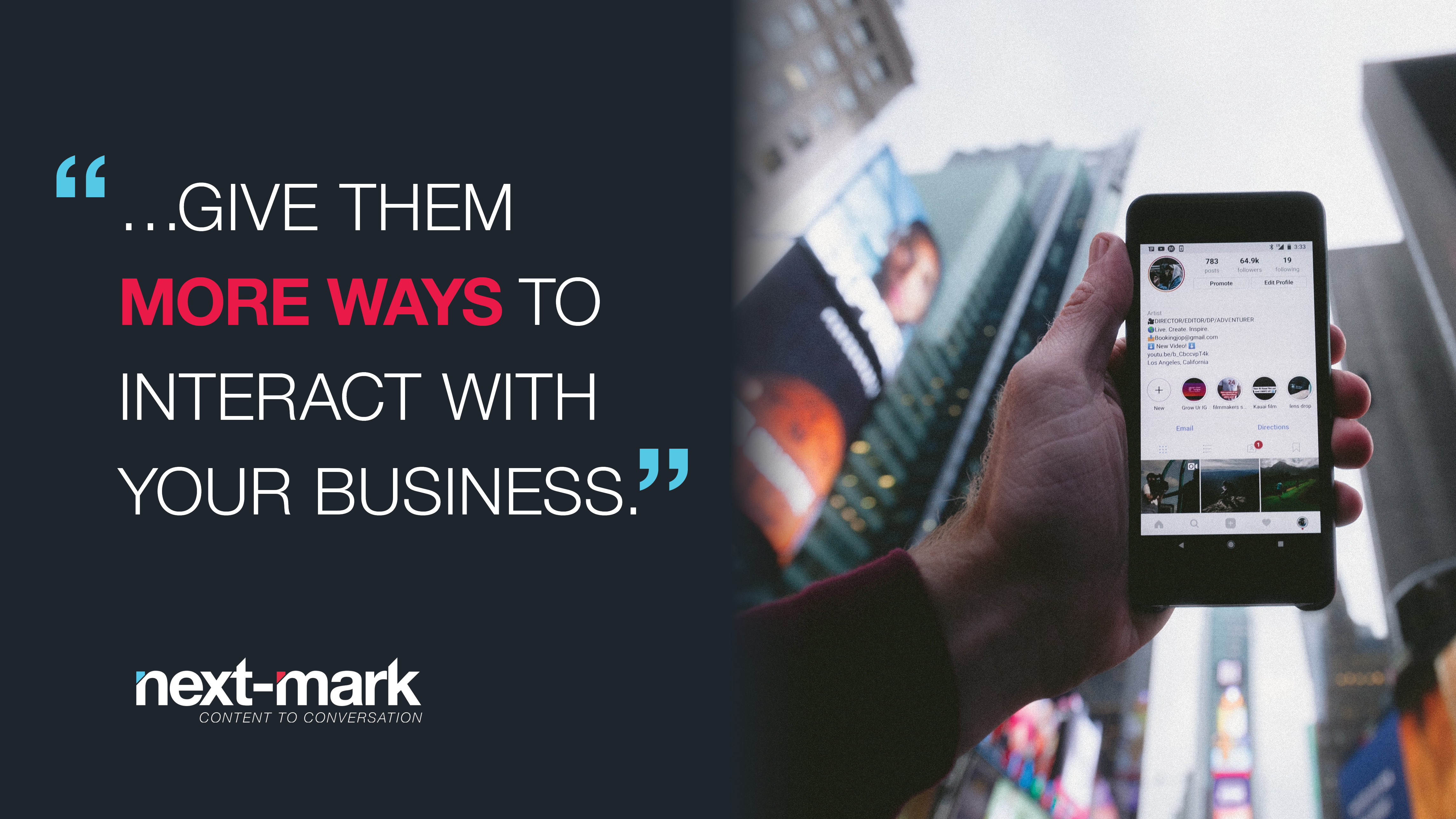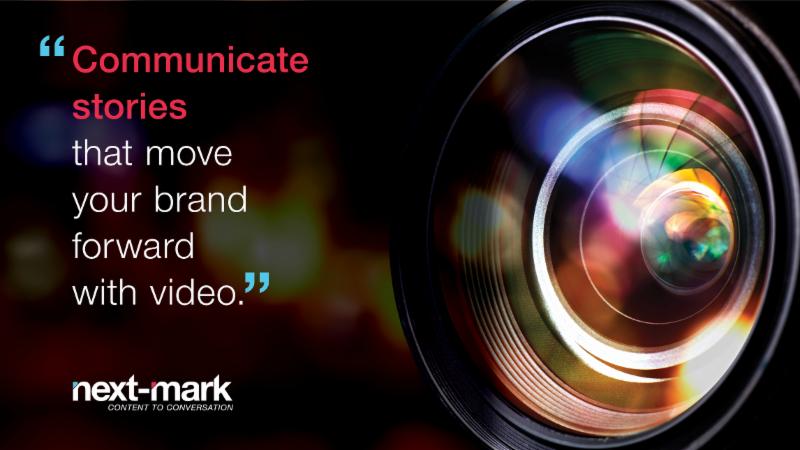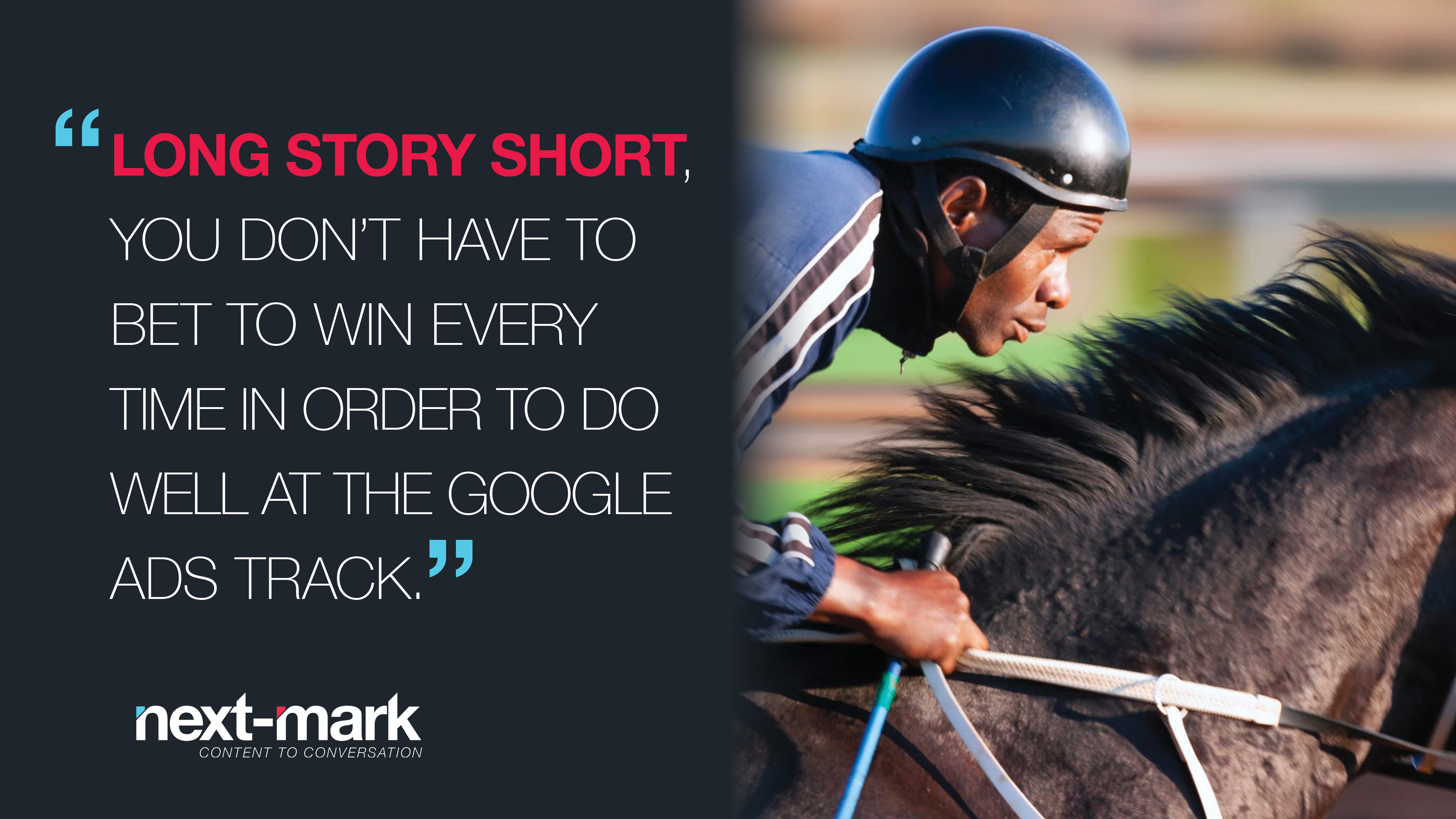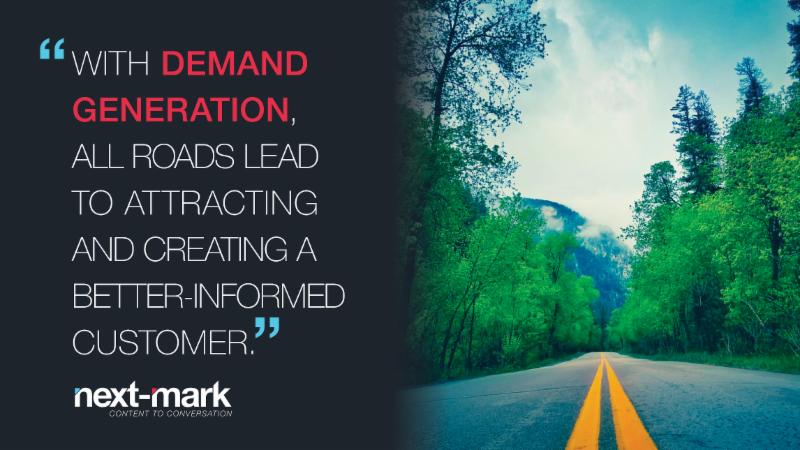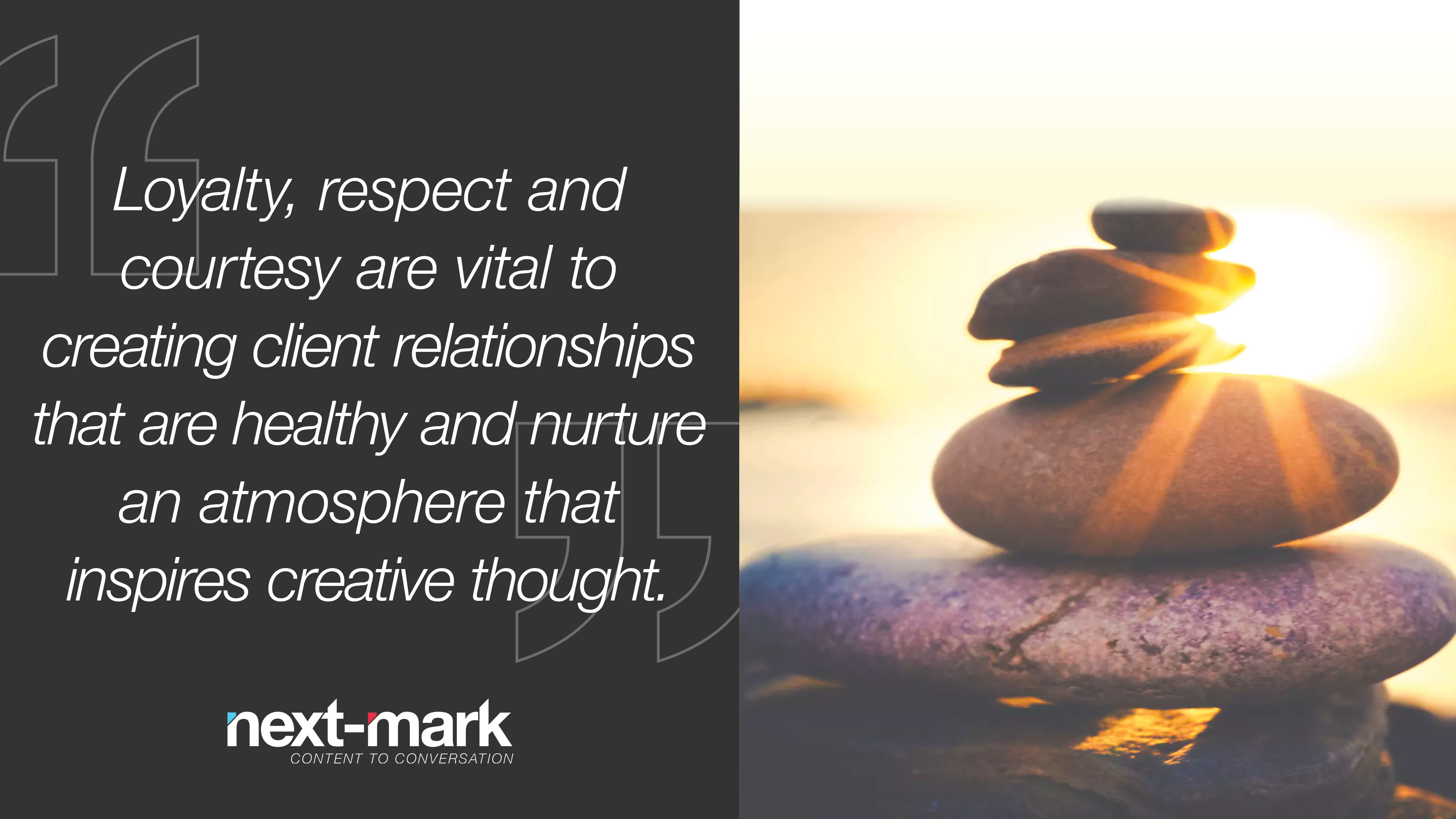
I recently spoke to the Florida Public Relations Association on “Building and Nurturing High Performance Teams.” In preparation, I polled a number of seasoned marketing communications professionals and senior executives, asking for their expertise, candor and insights into building and nurturing high-performance communications teams.
My questions were couched in the key assumption that high performance goes well beyond traditional communications skills or technical marketing acumen, as well as in acknowledgement that we’re talking about people with a lot on their plates, both professionally and personally, from unrelenting deadlines to family obligations.
Still, something this important must get done. And it’s well worth the effort – for everyone involved – as employees are inspired to do their best work and stay in place, contributing to the bottom line for overall business sustainability and success.
To build anything, however, you have to know what it should look like. And that’s what my respondents provided, with their advice culminating in 10 traits that define a high-performance communications team.
- An Environment of Trust. Trust is the foundation for every functional team and must flow across the business continuum among peers, clients, subordinates and colleagues. Successful marketers actively guard this characteristic, as broken trust is almost impossible to restore.
- Self-Awareness that Challenges the Status Quo. This requires staying involved without over-managing.While you need processes in place to ensure accuracy and compliance, you don’t want to become the team proofreader or a bottleneck. It’s also important to develop input sources with multiple points of view including customers, prospects, lost clients, sales team members, etc.
- A Culture of Learning. Those who truly excel at their craft foster continuous learning, both formally and informally. Be sure to stay open minded about new technologies and new ways of doing things — and learn to do them yourself instead of deferring to the early adopters. That said, never let go of your professional past experience — your wisdom may be indispensable.
- A Willingness to Move Beyond Labels. If someone is better than you in a particular discipline, think of them as a complement to your talents rather than a threat.Teams should be a well-rounded mix of energetic and savvy younger talent, coupled with the wisdom of tenured industry experts.
- A Passion for Excellence. High-performing teams have a profound passion for excellence. They champion each initiative with a drive toward greatness. They neversettle for average, but strive for the next level of success. They also are self motivators. The most successful members of any team are the ones who don’t wait for the request – they’re the ones who think about the objectives and look for both new and tried-and-true ways to achieve those goals.
- Celebration of Failures. Really? Yes. Let go of the small things and move on from mistakes. You can’t control everything, so focus on big-picture ideas to achieve team success. Don’t dwell on your shortfalls; use them as a springboard to your next level of achievement.
- Willingness to Share Risk. Your team needs to stay on top of the plan to make sure the ball doesn’t get dropped. That’s why it’s imperative that you help them understand the strategy, not just execute on it. Teams are always more effective if they understand the “why.”
- Sense of Humor. A shared sense of humor must be present. The demands of any profession are serious; however, there needs to be room for appropriate hilarity.Laughter is essential – if we can’t take the time to laugh, something is damaged at a basic human level.
- Mentorship is Integral. Seek mentors outside your group and completely different than your team members for an alternative perspective. Mentor even the more experienced team members to help them stretch and move toward their career aspirations.
- Embrace Success. Do not succumb to cynicism. Be authentic in your journey and attract the team members and business colleagues who share your values. Above all, don’t be afraid to take risks.
Here are a few direct quotes that are well worth remembering as we strive to foster performance that drives excellence.
“True professionals understand that communications is a discipline — it’s not glad-handing or a creative think tank.”
- “If you inherit a team, give yourself time to trust their insights before changing up everything.”
- “Self-awareness means keenly understanding your individual and collective strengths and weaknesses.”
- “To survive in marketing communications, you need to re-invent yourself twice a decade or more.”
- “Your failures will always have more information than your successes.”
